How LANE’s MAP Fertilizer Production Line Boosts Yields by 20% in 5 Steps
Modern agriculture is increasingly relying on high-performance fertilizers to meet the demands of global food production. Mono-Ammonium Phosphate (MAP) is one such key fertilizer, providing essential nitrogen and phosphorus to support plant growth. LANE Group, a leader in fertilizer production technology, has developed an advanced MAP fertilizer production line that boosts yields by 20%. This improvement is achieved through a combination of advanced equipment, optimized processes, and innovative techniques.
Step 1: Advanced Granulation Process for Uniform Nutrient Distribution
One of the critical stages in MAP Fertilizer Production Line is granulation, where powdered raw materials are transformed into granules that are easier to apply and provide consistent nutrient release. LANE’s MAP production line uses an advanced granulation system that ensures high-quality granules with uniform size and shape. This uniformity is key to ensuring an even distribution of nutrients across the fields.
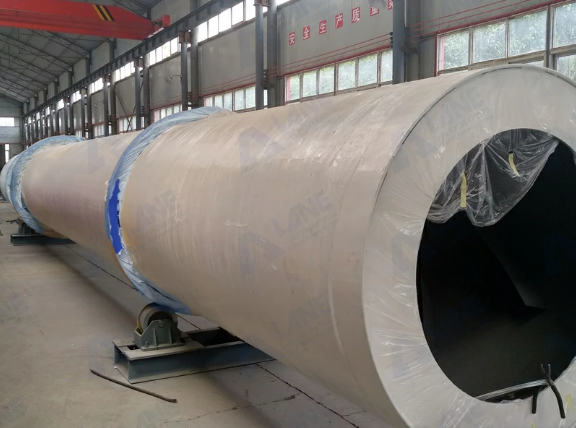
Key Advantages of LANE’s Granulation Process:
- Precision Control: LANE’s granulators offer precise control over the size and moisture content of the granules, resulting in a superior end product.
- Enhanced Nutrient Availability: Uniform granules ensure that each application delivers a consistent amount of nitrogen and phosphorus, improving nutrient uptake by plants.
By optimizing the granulation process, LANE ensures that every MAP fertilizer granule provides the right amount of nutrients, leading to better crop growth and higher yields.
Step 2: Efficient Drying for Longer Shelf Life and Quality
After granulation, the MAP Fertilizer Production Line granules must be dried to achieve the correct moisture content, preventing caking and ensuring longer shelf life. LANE’s rotary drum dryer is a crucial component of the production line, designed to efficiently remove moisture while maintaining the integrity of the granules.
Benefits of LANE’s Drying Technology:
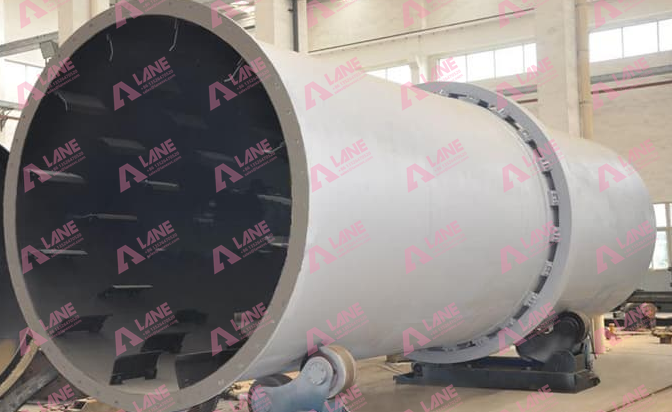
- Energy Efficiency: The rotary drum dryer in LANE’s production line uses heat recovery systems that significantly reduce energy consumption, lowering operational costs.
- Improved Granule Strength: Proper drying ensures that the granules remain strong and free-flowing, making them easier to store, transport, and apply.
Efficient drying is vital for maintaining the quality of MAP fertilizer, which ultimately results in better field performance and yield increases.
Step 3: Cooling System to Maintain Granule Stability
Once the granules are dried, they need to be cooled before packaging and storage. LANE’s rotary cooler rapidly reduces the temperature of the granules, preventing them from sticking together or degrading during storage.
Key Features of LANE’s Cooling System:
- Quick and Even Cooling: The rotary cooler provides uniform cooling, ensuring that the granules remain stable and ready for packaging.
- Preservation of Nutrient Integrity: Cooling prevents the degradation of the nitrogen and phosphorus content, ensuring that the fertilizer remains effective over time.
Maintaining the stability of the granules ensures that the MAP fertilizer can be stored for extended periods without losing its quality, making it more reliable for farmers.
Step 4: Automated Packaging for Precision and Efficiency
Packaging is the final step in the MAP Fertilizer Production Line reaches the market. LANE’s automated packing machine is designed to package MAP granules with precision and efficiency, ensuring that the product is accurately measured and sealed.
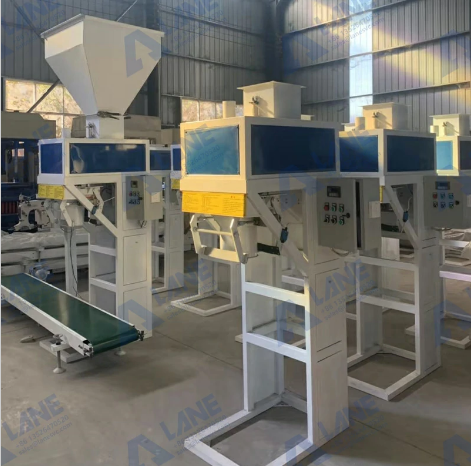
Key Advantages of LANE’s Packaging System:
- Accuracy: The automated system ensures that each package contains the correct amount of fertilizer, reducing waste and improving cost-efficiency for farmers.
- Durable Packaging: The packaging process is designed to protect the granules from moisture and damage, ensuring that the fertilizer remains in top condition until it is used.
By streamlining the packaging process, LANE reduces handling time, minimizes errors, and ensures that the MAP fertilizer is delivered to farmers in optimal condition.
Step 5: Continuous Quality Control for Consistent Results
At every stage of the MAP Fertilizer Production Line, LANE integrates comprehensive quality control measures to ensure that the final product meets the highest standards. From raw material selection to granulation, drying, and packaging, each step is monitored to maintain consistency in the fertilizer’s nutrient content and physical properties.
Quality Control Features:
- Automated Monitoring: LANE’s MAP Fertilizer Production Line is equipped with sensors and automated systems that continuously monitor key parameters such as moisture content, granule size, and nutrient concentration.
- Real-Time Adjustments: The system can make real-time adjustments to the production process to address any issues, ensuring that the final product consistently meets specifications.
Continuous quality control ensures that farmers receive MAP fertilizer that delivers the expected nutrient benefits, leading to improved crop performance and higher yields.
Conclusion: LANE’s MAP Production Line as a Yield-Boosting Solution
By leveraging these five key steps, LANE’s MAP fertilizer production line has proven to be an effective solution for boosting agricultural yields by 20%. From advanced granulation techniques and efficient drying to automated packaging and continuous quality control, each component of the production line is designed to optimize the performance of MAP fertilizer in the field.
As farmers face increasing pressure to produce more food with fewer resources, LANE’s cutting-edge MAP Fertilizer Production Line technology provides a reliable and efficient way to enhance crop productivity while maintaining soil health and sustainability.
Our Service

Latest Articles & Tips
More-
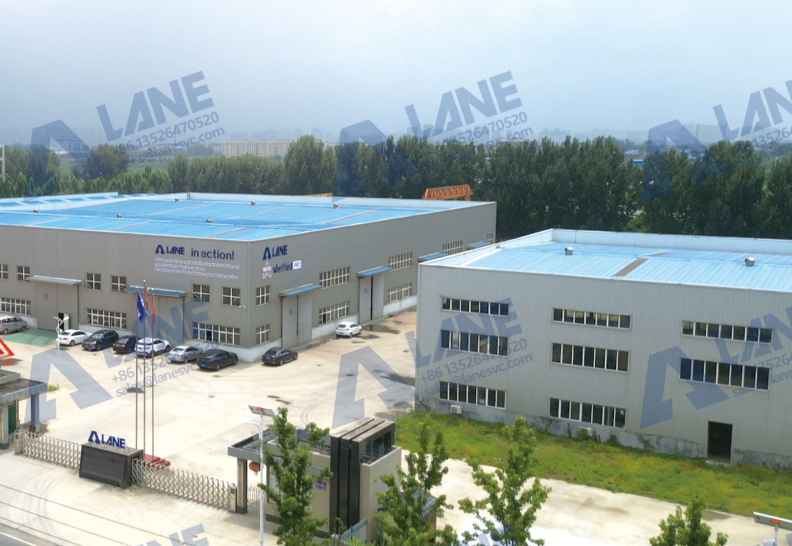
03/14
OEM Fertilizer Equipment Manufacturing: Custom Solutions for Your Production Needs
read more -

02/27
Fertilizer Granulation for DAP and MAP: Enhancing Efficiency in Fertilizer Production
read more -
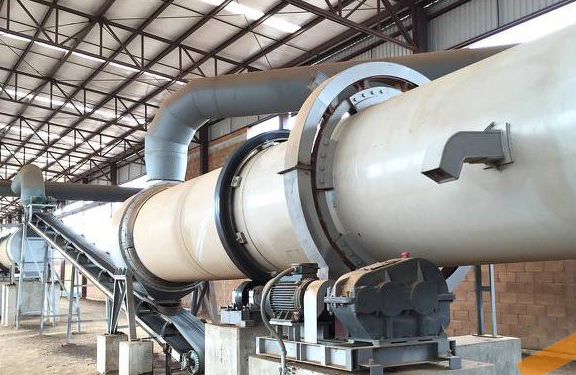
02/27
Fertilizer Production Solutions: Optimizing Efficiency and Sustainability in Fertilizer Manufacturing
read more -
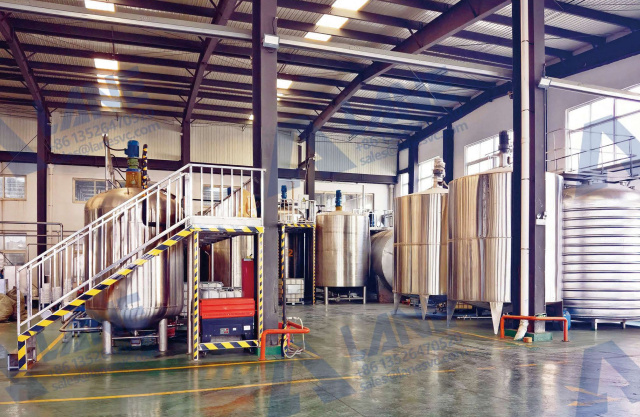
02/13
Chemical Fertilizer Production Line: Enhancing Agricultural Productivity with Precision Manufacturing
read more



Send a message to us